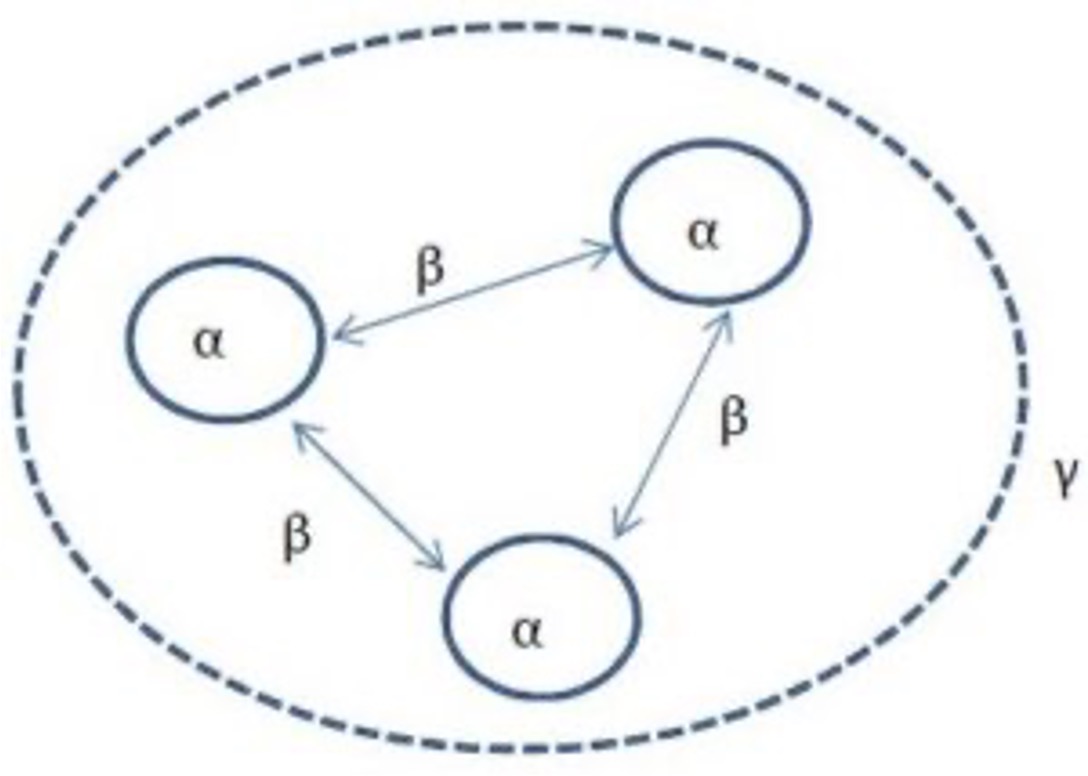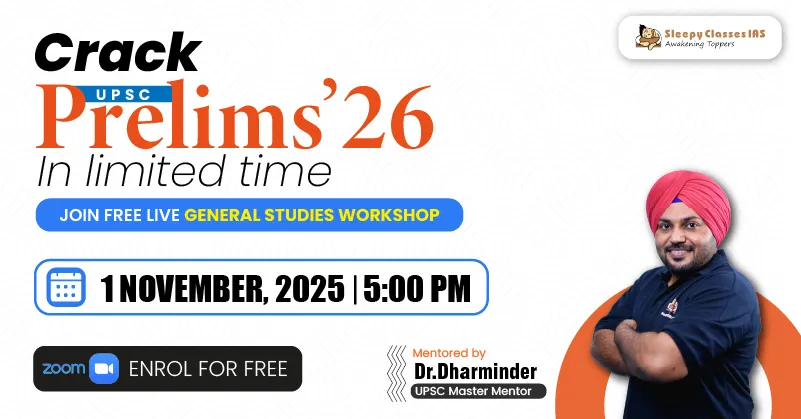Question 1
International Relations | Russia - USA | Medium | The Hindu
SOURCE
Consider the following:
1. The New START Treaty entered into force in 2011.
2. Treaty’s provisions, the Parties established the Bilateral Consultative Commission which meets once a year.
Which of the statements is or are correct?
A. 1 only
B. 2 only
C. Both 1 and 2
D. None of the above
Solution & Detailed Explanation
Answer: (A) 1 only
Detailed Explanation

- Treaty Overview
- The New START Treaty is composed of three tiers of increasing levels of detail: the Treaty text, the Protocol to the Treaty, and the Technical Annexes.
- All three tiers are legally binding. The Treaty Text and Protocol contain the basic rights and obligations of the Treaty.
- The Treaty also includes a standard withdrawal clause that states that each Party has the right to withdraw from the Treaty if it decides that extraordinary events related to the subject matter of the Treaty have jeopardized its supreme interests.
- The 2002 Strategic Offensive Reductions Treaty (SORT) was terminated when the New START Treaty entered into force on 5 February 2011.
- Treaty obligations
- The aggregate limits of New START restrict the United States and Russia to 1,550 deployed strategic warheads each. Warheads actually deployed on ICBMs and SLBMs count toward this limit, while each deployed heavy bomber equipped for nuclear armaments, whether with gravity bombs or ALCMs, counts as one warhead.
- The Treaty also includes an aggregate limit of 800 deployed and non-deployed ICBM launchers, SLBM launchers, and heavy bombers equipped for nuclear armaments. Within that limit, the number of deployed ICBMs, SLBMs, and heavy bombers cannot exceed 700. The United States and Russia must implement the necessary reductions to reach these limits no later than seven years after the Treaty’s entry into force. Within the aggregate limits, each State has the flexibility to determine the structure of its strategic forces.
- The Treaty does not place any constraints on the testing, development or deployment of current or planned U. S. missile defense programs or U. S. long-range conventional strike capabilities.
- In order to promote the objectives and implementation of the Treaty’s provisions, the Parties established the Bilateral Consultative Commission, which is to meet no less than twice a year in Geneva.
Question 2
International Relations | Maritime Exercises | Medium | The Hindu
SOURCE
Consider the following pairs
Exercise Malabar – India and USA
Maiden India-Greece Bilateral Maritime Exercise – Indian Ocean
PASSEX – Bay of Bengal
How many pairs is or are correctly matched?
A. Only one
B. Only two
C. All three
D. None of the above
Solution & Detailed Explanation
Answer: (A) Only one
Detailed Explanation
- Exercise Malabar – India and USA (Pacific Ocean)
- Maiden India-Greece Bilateral Maritime Exercise – Mediterranean Sea
- PASSEX – Arabian Sea
Question 3
Environment | Conservation | Medium | The Hindu
SOURCE
Read the following statements carefully
1. National Parks and wildlife sanctuaries are examples of protected areas under in-situ conservation.
2. Biosphere reserve is an example of ex-situ conservation.
3. Jim Corbett National Park was the first National Park established in India.
4. Cryopreservation is done in protected areas to conserve animals.
5. Sacred forests and sacred lakes are examples of in-situ conservation.
Choose the correct answer from the options given below :
A. (1), (2), (3) and (5) only
B. (1), (2), (3) and (4) only
C. (1), (3) and (5) only
D. (1), (3) and (4) only
Solution & Detailed Explanation
Answer: (D) (1), (3) and (4) only
Detailed Explanation
- In situ conservation, the endangered species are protected in their natural habitat so that the entire ecosystem is protected.
- Ex situ conservation methods include protective maintenance of threatened species in zoological parks and botanical gardens, in vitro fertilisation, tissue culture propagation and cryopreservation of gametes.
- Biosphere reserve is an example of in-situ conservation as the conservation is carried out inside the natural environment of the species.
- Corbett park is the first national park of India established in the year 1936 it was named Hailey National Park.
- Cryopreservation, which involves storing biological materials at extremely low temperatures to halt biological activity, is an ex-situ conservation method, meaning it’s done outside the natural habitat of the species.
- In many cultures, tracts of forest were set aside, and all the trees and wildlife within were venerated and given total protection. Such sacred groves are found in Khasi and Jaintia Hills in Meghalaya, Aravalli Hills of Rajasthan, Western Ghat regions of Karnataka and Maharashtra and the Sarguja, Chanda and Bastar areas of Madhya Pradesh. In Meghalaya, the sacred groves are the last refuges for a large number of rare and threatened plants. Sacred groves are a part of ex-situ conservation.
Question 4
Miscellaneous | NCERT | Easy | The Hindu
SOURCE
Many people living in landlocked areas love to spend holidays along the beaches/ sea. Which factor of tourist attraction does this represent?
A. Landscape
B. Art
C. History
D. Cultural
Solution & Detailed Explanation
Answer: (A) Landscape
Detailed Explanation
- Climate: Most people from colder regions expect to have warm, sunny weather for beach holidays. This is one of the main reasons for the importance of tourism in Southern Europe and the Mediterranean lands. The Mediterranean climate offers almost consistently higher temperatures than in other parts of Europe, long hours of sunshine and low rainfall throughout the peak holiday season. People taking winter holidays have specific climatic requirements, either higher temperatures than their own homelands, or snow cover suitable for skiing.
- Landscape: Many people like to spend their holidays in an attractive environment, which often means mountains, lakes, spectacular sea coasts and landscapes not completely altered by man.
- History and Art: The history and art of an area have potential attractiveness. People visit ancient or picturesque towns and archaeological sites, and enjoy exploring castles, palaces and churches.
- Culture and Economy: These attract tourists with a penchant for experiencing ethnic and local customs. Besides, if a region provides for the needs of tourists at a cheap cost, it is likely to become very popular. Home-stay has emerged as a profitable business such as heritage homes in Goa, Madikere and Coorg in Karnataka.
Question 5
Environment | Diversity | Medium | The Hindu
SOURCE
The diversity of organisms that share the same community/habitat is called as _____________.
A. Beta diversity
B. Gamma diversity
C. Alpha diversity
D. Genetic diversity
Solution & Detailed Explanation
Answer: (C) Alpha diversity
Detailed Explanation
- Alpha diversity: It refers to the diversity within a particular area or ecosystem, and is usually expressed by the number of species (i.e., species richness) in that ecosystem.
- Beta diversity: It is a comparison of diversity between ecosystems, usually measured as the change in amount of species between the ecosystems
- Gamma diversity: It is a measure of the overall diversity for the different ecosystems within a region.
- Genetic diversity: It is concerned with the variation in genes within a particular species. Genetic diversity allows species to adapt to changing environments. This diversity aims to ensure that some species survive drastic changes and thus carry on desirable genes. The survival of individuals ensures the survival of the population. The genetic diversity gives us beautiful butterflies, roses, parakeets or coral in a myriad hues, shapes and sizes.








